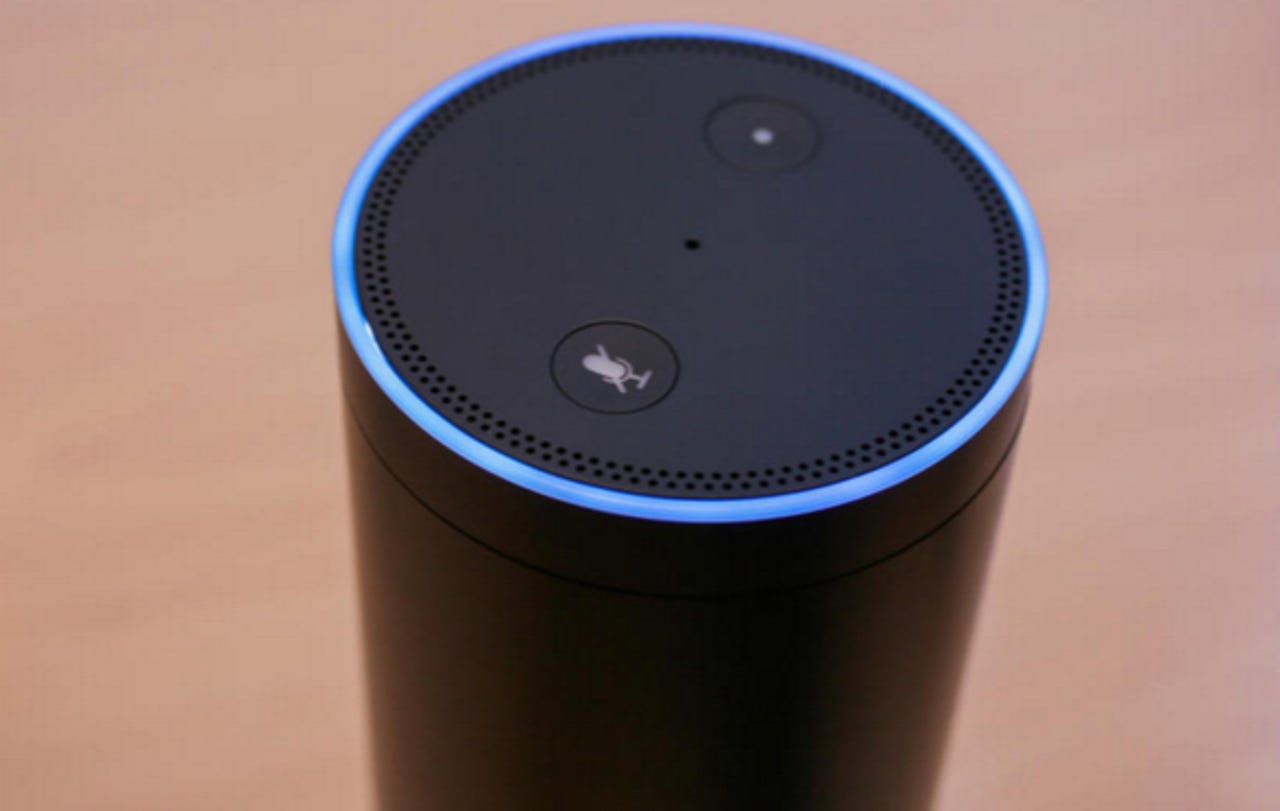Amazon Prime Day: All about getting you into its ecosystem


The Echo was priced $50 lower on Amazon's Prime Day.
Amazon's second Prime Day sales extravaganza is in the books, and the effort boosted revenue for the third quarter, forced rival retailers to mimic the effort and look reactionary, and moved plenty of devices and growth areas for the company. The biggest strategic win for Amazon may be that it brought more people into its ecosystem for devices and services.
On the surface, the goal of Prime Day is simple: Land more Prime subscribers by offering deals you can't resist. There's also a retention game here. The better you feel about being a Prime subscriber, the more likely you'll swallow the inevitable price increase with a smile. Amazon gets customer satisfaction, higher average orders, and recurring revenue.
Previously: Amazon Fire TV Stick is the best selling item so far on Prime Day | Amazon Prime Day shoppers experience checkout glitch | Amazon will pay you to install a Dash button today | The best 2016 US Amazon Prime Day deals in tech
But if you read between the sales and promotions, it's clear that Amazon was pushing its own devices. The Echo was priced $50 lower (and lured me in). Kindles and Kindle Fire tablets were also heavily discounted. Amazon couldn't have made money on those sales until you assume that the person buying those devices will stay a Prime member and spend more on content, goods, and services.
In a statement, Amazon said Prime Day was its biggest ever for its devices globally. It sold 2.5 times more Amazon Fire TV devices than Prime Day a year ago, "hundreds of thousands" of Kindle e-readers, and three times more of its devices than a year ago.
And the larger the Amazon ecosystem gets, the more developers will want to court them with apps and services. Enter Amazon Web Services -- and you have a roundabout ecosystem halo effect for Amazon.
Pacific Crest analysts in a research note said:
Discounts ranged from 25 percent to 38 percent and included almost every single Amazon device (with the exception of the recently launched Kindle Oasis). Availability remained high throughout the event. Amazon continues to use device promotions around key shopping events (Black Friday, Cyber Monday, among others), we believe in an effort to further its strategy of offering low-cost devices to further embed the consumer in the Amazon ecosystem.
In a chart, Pacific Crest outlined the data by device.
Throughout Prime Day, Channel Advisor data was predicting a US sales performance in line with a year ago. UK sales were higher than a year ago. The wild card was the sales to third-party sellers on Prime Day. The way Amazon promoted deals may have cut out network sellers a bit.
It's also worth noting that many deals revolved around Amazon expansion areas like fashion and apparel as well as private label goods. Either way, Amazon is building out its ecosystem for shoppers and subscribers.
Add it up and the returns on Amazon's Prime Day play out well beyond the initial sales pop. Amazon is clearly betting that it can promote deals to get into your home, and before you know it, you're yapping to Alexa, consuming content, and buying more stuff from the retailer. It's a strategically sound move that few, if any, retailers can replicate.